How top G League Ignite players have performed in the NBA

With the news that the NBA is shutting down the G League Ignite program, we thought it would be a good time to look at just how successful the initiative was in getting players ready for the next level.
The G League Ignite program had no trouble signing top prospects, but how exactly those prospects have done since getting to the NBA is another topic entirely.
Did going the G League Ignite route help those players get to the next level, or set them up for immediate NBA success? That matter is up for debate, as you will see below.
Jalen Green
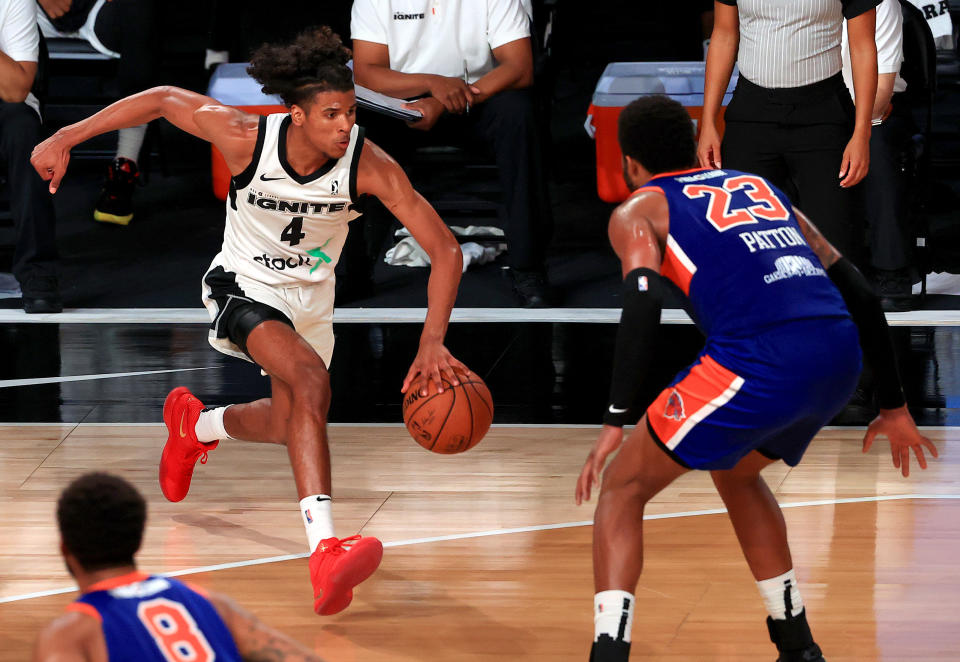
The NBA’s G League Ignite program made immediate waves on the day it was announced by adding a top prospect of the 2020 basketball recruiting class, shooting guard Jalen Green, to its roster on Day 1.
Green was a can’t-miss prospect coming out of the prep ranks, an elite and explosive athlete with tough shot-making ability extending out to the three-point line. And his time with the Ignite was more or less a success. He was there for one season, averaging 17.9 points, 4.1 rebounds and 2.8 assists on 46.1 percent shooting, numbers impressive enough to earn him the No. 2 draft spot in the 2021 draft.
So Green went from the No. 2 ranked high school prospect in the country (via 247 Sports) to being the second player drafted in the next draft class, marking his story a successful development project for the G League Ignite.
On the other hand, the fact that it’s taken as long as it has for Green, now with the Houston Rockets, to turn into something at least resembling a former No. 2 overall pick could reflect poorly on the development he got while playing in the G League. And if this article had been written a month ago, we might not even be putting it in such kind terms, as Green’s first two-plus seasons in the NBA were far from great.
Sure, he’s put up decent numbers as an NBA player, with career averages of 19.6 points, 4.0 rebounds and 3.2 assists, but his career swing rating is -4.3 points per 100 possessions while Houston, over his rookie and sophomore campaigns, was one of the worst teams in the league.
Of course, it’s impossible to pin that fully on Green, who did have to deal with Stephen Silas as his head coach for two years, but his game did not scream NBA-ready star for quite some time. Only recently has Green flashed his star potential for a consistent enough amount of time for it to be considered noteworthy.
You’d think that developing in an NBA-backed program “playing against grown men” in the G League, a talking point that used to get tossed around a lot in defense of the Ignite program, Green would have had a better understanding of the NBA game by the time he was drafted.
That was clearly not the case, however.
So in some ways, Green’s story out of the G League Ignite path was a successful one. But in others, it speaks somewhat poorly of just what kind of development those players who came out of the G League Ignite actually got.
Jonathan Kuminga
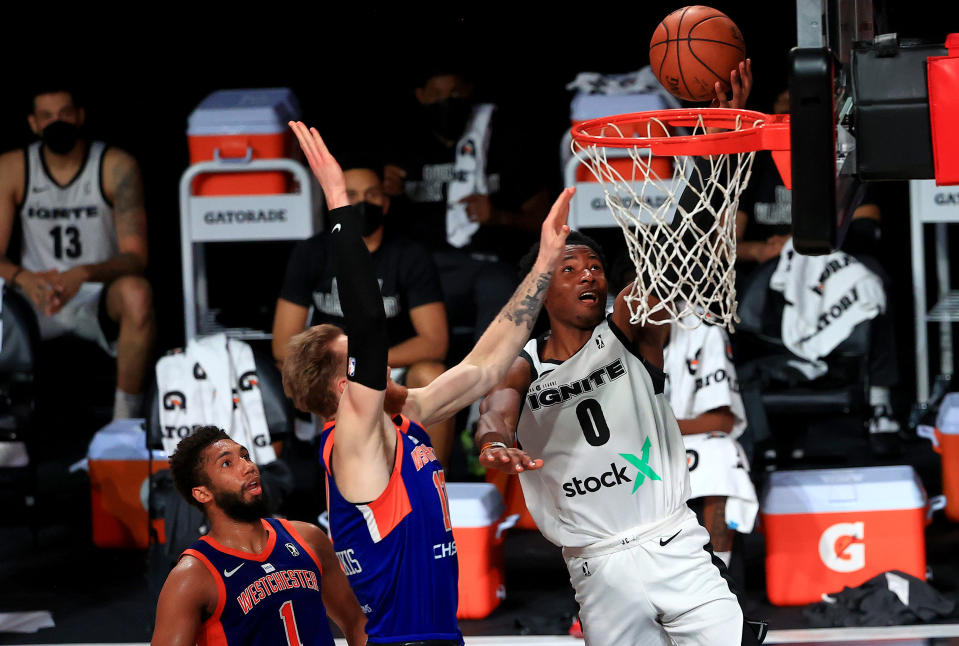
In a similar manner to Green, Golden State Warriors swingman Jonathan Kuminga likewise came out of the Ignite program, was drafted highly after spending his lone season in the G League and then took quite some time to live up to his draft billing once in the NBA.
Kuminga was the No. 4 player in the country coming out of high school and then averaged 15.8 points and 7.2 rebounds on 38.7 percent shooting before becoming the No. 7 pick in the 2021 draft. Again, as was the case with Green, the Ignite program did enough to get Kuminga drafted around what his ranking was coming out of high school.
Once again, though, the question is: How much development did the now-21-year-old get in the G League? Did the Ignite prepare him to be an instant contributor in the NBA?
Kuminga’s story is different from Green’s in that he was drafted as a teenager by a Warriors team competing for a championship, so playing time and usage was going to be sparse early on for the Democratic Republic of Congo native. But even so, Kuminga was a negative contributor for his first two seasons in the NBA (his swing rating was a -5.2 in that time span) as he still looked extremely raw early on in his pro career, something you would hope wouldn’t be the case, even considering his age, based on the fact that he came up through the G League Ignite.
Only now, after two years of hard development playing for a great franchise in Golden State, does Kuminga look like a former Top 5 prospect in the country.
As was the case with Green, the G League Ignite didn’t hurt Kuminga’s draft prospects at all, we’re just not all that sure how much he developed during his time with the program. Would he or Green have been better served playing a season of college basketball instead, in tougher conditions with heightened stakes on the line? Or would they have still needed this much time to develop to become what they are today in the NBA?
Impossible to know but it’s certainly an interesting topic of debate.
And those are just the two biggest G League Ignite success stories. Just wait until we look at some of these other players.
Isaiah Todd
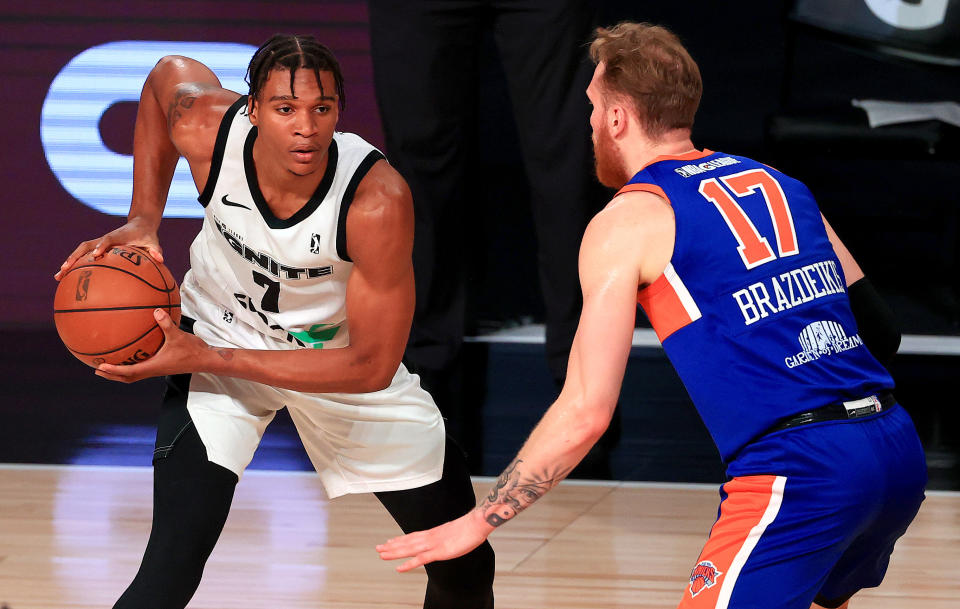
In the same recruiting class as Green and Kuminga, Isaiah Todd was the No. 30 player in the country coming out of high school. With the Ignite, he averaged 12.3 points and 4.9 rebounds for one season as he then went on to become the No. 31 pick of the 2021 draft, ending up with the Washington Wizards.
Even in today’s age of second-round draft picks turning into MVPs like Nikola Jokic, it’s still tough to expect your team to hit with its second-rounders, so we can’t really knock the G League Ignite program for this – but Todd’s NBA career was a total miss for the Wizards.
Todd has played in just 18 NBA games so far in his career, putting up 1.6 points on 22.2 percent shooting in those appearances. Even in the G League last season, Todd averaged just 6.5 points on 36.3 percent shooting. And for those wondering which team Todd currently plays for, that answer would be: the G League Ignite.
Considering he was once a five-star high school prospect, it’s been sledding for the now-22-year-old Todd in his pro career. So in this case, we can unequivocally say the G League Ignite program didn’t do a great job helping develop the 6-foot-10 forward.
Dyson Daniels
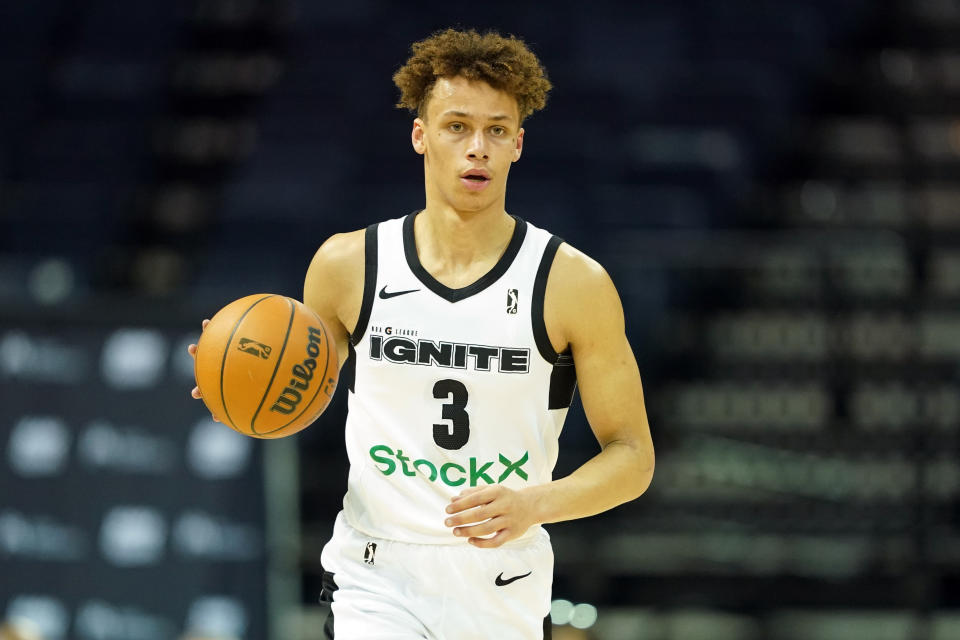
Australian lead guard Dyson Daniels was the first player the G League Ignite program signed from outside of the U.S. Daniels, a highly touted overseas prospect coming out of high school who had offers from Colorado, Arkansas and St. Mary’s, spoke glowingly of his time as a part of the initiative, a season that saw him average 12.0 points, 7.1 rebounds and 5.1 assists before he became the No. 8 pick in the 2022 draft (via ESPN):
“This year with G League Ignite was a success for me in what I was trying to get out of it,” Daniels said. “I was able to learn a lot about myself and where I belong on the floor. I got more and more comfortable in my role and was constantly learning [from] veterans like Pooh Jeter, Kevin Murphy and our great coaching staff. NBA teams were able to see that I can guard multiple positions and be the best defender on the floor, as well as my ability to run a team and make plays off the bounce. My shooting stroke improved and I gained comfort playing off the ball as a cutter and spot-up shooter.”
Well, we’ve yet to see that improved shooting stroke in the NBA as Daniels is a career 30.1 percent shooter from three over his one-plus season with the New Orleans Pelicans. In fairness, Daniels was a key bench piece for a good Pelicans team this season before going down with a meniscus injury, providing the team with versatile defense and some off-the-ball scoring.
Daniels only just turned 21, too, so the book is still very much out on his future in the NBA. But once again in this case, it looks like a highly-touted player coming out of the G League Ignite program has needed a lot of time to develop in the NBA, as Daniels is averaging just 4.6 points and 2.4 assists in his 111 NBA appearances so far.
Could Daniels turn into a legitimately good NBA player? For sure. But it’s going to be up to the Pelicans to make that happen.
MarJon Beauchamp
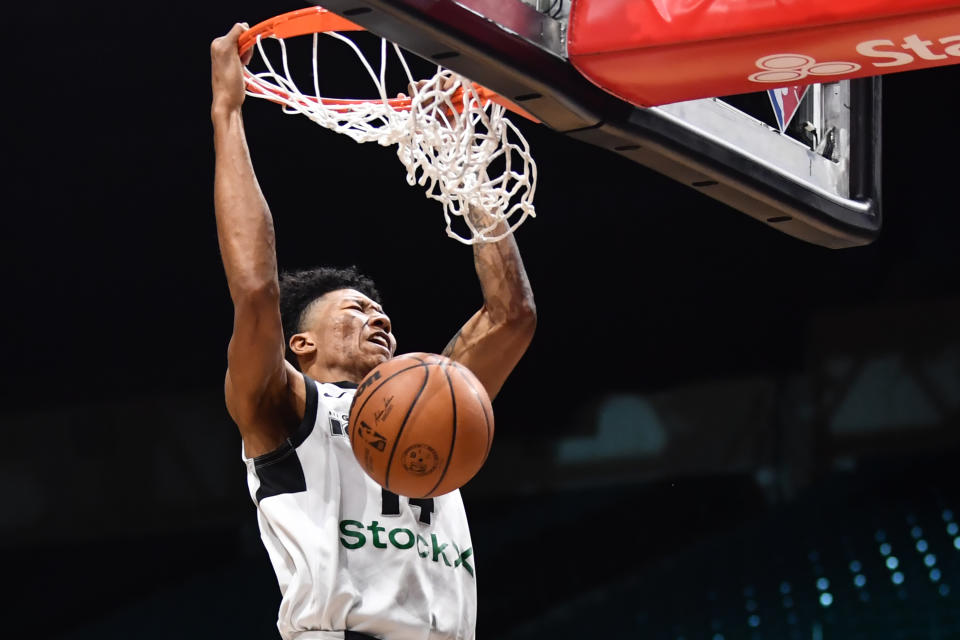
In MarJon Beauchamp’s case, the G League Ignite program does deserve at least some credit, as they helped him go from being the 59th-ranked player in his recruiting class to becoming the No. 24 pick in the 2022 draft by the Milwaukee Bucks. With the Ignite, Beauchamp averaged over 15 points and seven rebounds per game while flashing two-way low-usage skills on the wing with scoring ability as a slasher.
Basically, he looked like he could become a solid wing who could score off the ball and play some tough defense on the other end.
So far in the NBA, Beauchamp has played in 97 games and averaged 4.8 points while shooting 35.2 percent from three. The 23-year-old got a grand total of five minutes over two games in Milwukee’s playoff run last year as he has posted -8.6-point-per-100-possession swing rating for the Bucks in two seasons.
Again, it’ll be up to Beauchamp’s NBA team to help him reach his ceiling, as his time with the G League Ignite didn’t seem to do much to help him be an early contributor for Milwaukee.
Jaden Hardy
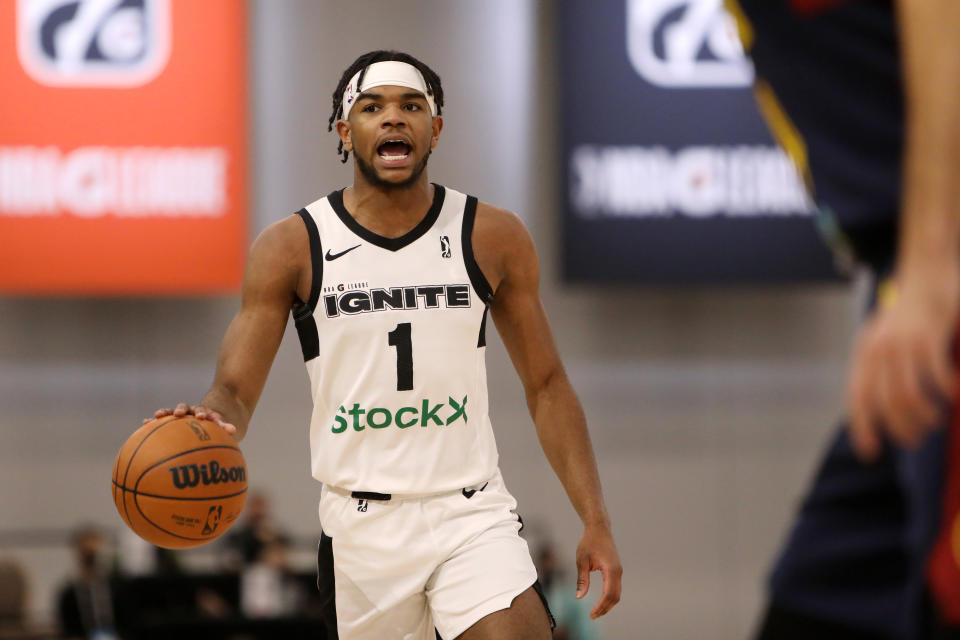
In the same way the G League Ignite program deserves some credit for helping get Beauchamp drafted much higher than his recruiting ranking, they deserve some criticism for what happened with Jaden Hardy.
Hardy was the No. 4 player in the 2021 recruiting class with offers from the likes of Arizona and Arizona State, who received a player comp of Bradley Beal from 247 Sports. In his one season with the Ignite, Hardy averaged over 17 points and four rebounds but while shooting just north of 35 percent from the field.
Questions about his ball-handling and athleticism then led to Hardy falling to the 37th pick of the 2022 draft. Even so, in his two seasons in the NBA so far, the G League Ignite alumn has been quite solid, averaging over eight points and shooting 38.2 percent from three for the Dallas Mavericks.
Still, this was a case of the G League Ignite failing the player, as Hardy went from being a Top 5 five-star in his class to being a second-round pick just a year later.
Scoot Henderson
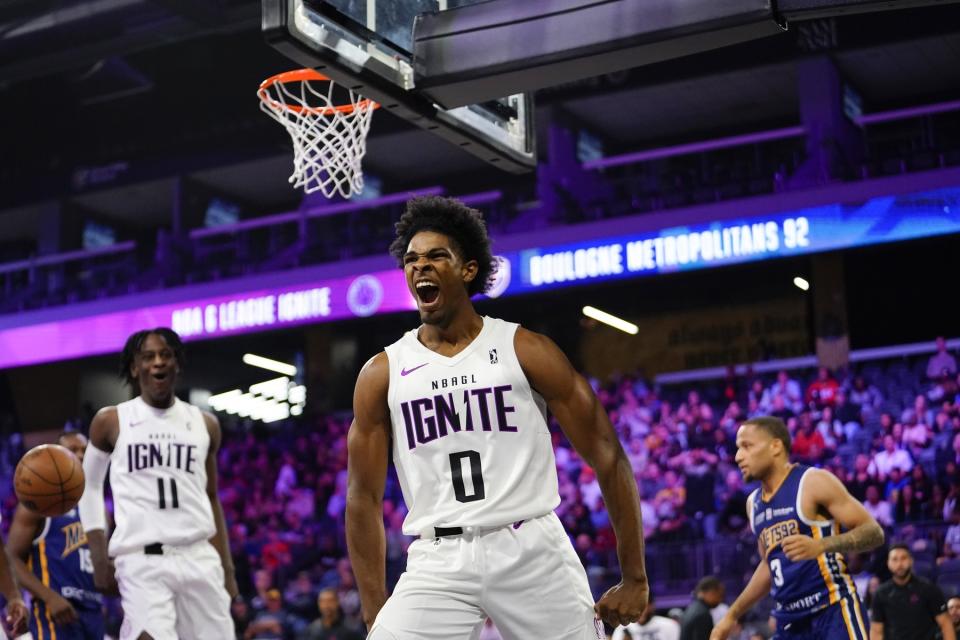
Probably the biggest red flag of the development prowess of the G League Ignite program can be traced to this past draft class and Scoot Henderson. Henderson was a well-known and well-liked prospect for years in NBA draft circles, finishing as the 13th-ranked prospect in his high school class.
Spending two seasons with the Ignite, Henderson was watched closely by NBA scouts who salivated at his potential, flashing the potential of a Russell Westbrook with a softer midrange shooting touch but similar athleticism and strength. Henderson put up numbers with the Ignite, too, averaging 16.5 points, 5.3 rebounds and 6.8 assists, playing his way into becoming the No. 3 pick of the 2023 draft by the Portland Trail Blazers.
So in that respect, Henderson was clearly a success for the Ignite initiative.
It’s the slow start of his NBA career that has some eyebrows to be raised at the Ignite program, as Henderson, understandably for a 19-year-old trying to play the most demanding, and most talented, position in the NBA, point guard, has struggled thus far for Portland.
Henderson is averaging 12.7 points and 4.7 assists on 37.2 percent shooting from the floor in his rookie season while making the Blazers 6.4 points per 100 possessions worse when he’s on the floor.
Of course, Henderson deserves many more seasons of experience before any conclusions can be drawn on him – he very well could develop into becoming a star lead guard for the Blazers yet. It just has made some question how well the Ignite were developing players that a superstar prospect, who spent two years with the program, is struggling this much when part of the idea behind the initiative was that it might better develop players for the NBA level since they were playing against more experienced players, under NBA rules and in NBA-like systems.
Still, Henderson has loads of potential and we’re nowhere near the point where people should give up on him. The G League Ignite, on the other hand, did deserve some of the criticism it was getting before the NBA decided to shut it down.
Leonard Miller
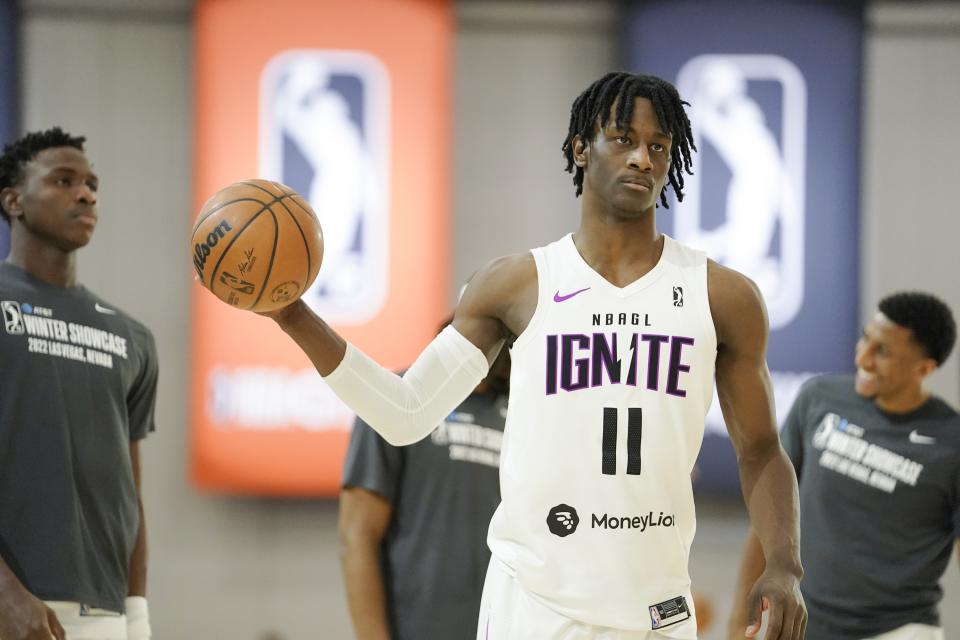
A borderline five-star in the 2022 recruiting class, Leonard Miller was the No. 29 player in the country before joining the G League Ignite where he spent one season, averaging 18.0 points and 11.0 rebounds while shooting 55.4 percent from the floor. Miller parlayed his play into becoming the No. 33 pick in the 2023 draft, roughly around his recruiting ranking the year before, meaning that joining the Ignite didn’t hurt his draft stock at all.
How it affected his development remains to be seen, as Miller is still early on in his playing career, seeing action in just nine games this season for the Minnesota Timberwolves, averaging 1.7 points and 1.3 rebounds. Miller’s been playing well in the G League this season, though, so he could very well turn into a successful development project for Minnesota.
Sidy Cissoko
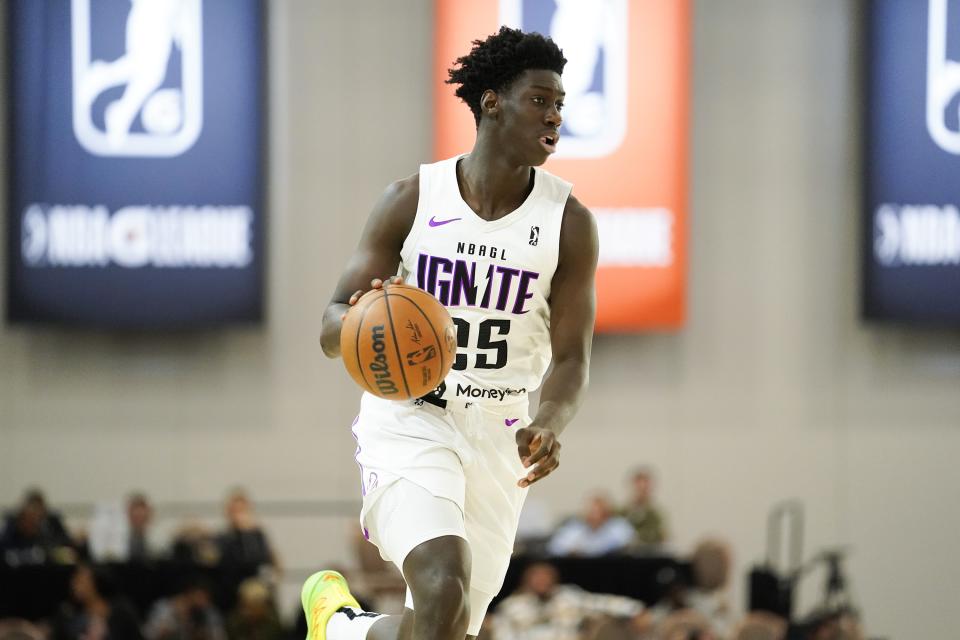
French guard Sidy Cissoko was the first European player to sign with the Ignite after a prep career that saw him be named a Top 3 European prospect in his class. With the Ignite, Cissoko averaged 12.8 points and 3.6 assists before declaring for the 2023 draft where he was 44th overall by the San Antonio Spurs.
Cissoko is another player who it’s way too early to make any major declarations on. It’s just clear that after a year of developing with the Ignite, the Spurs took him as a long-term project as they’ll try to turn him into a legitimate NBA player themselves.
Jury's still out
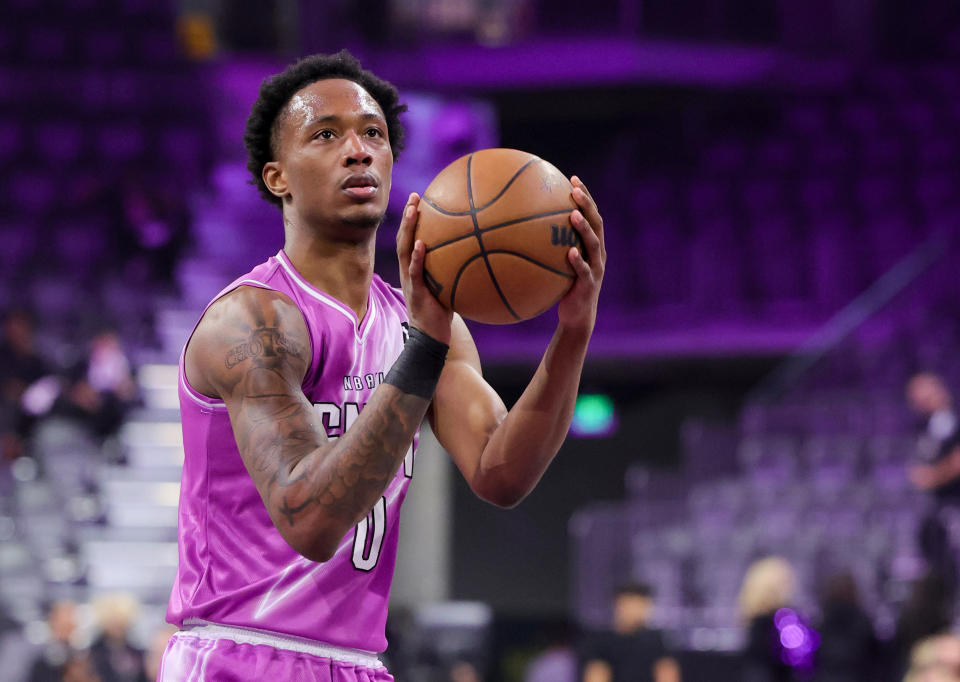
All NBA draft eyes were on the G League Ignite this season again as the team picked up energy swingman Ron Holland, once ranked the No. 1 player in the country by 247 Sports, as well as Matas Buzelis, a highly-rated European prospect.
As of now, Holland, after being thought of as a potential top pick for the 2024 draft before the season, is now projected to go 10th overall in our latest aggregate mock draft. Buzelis, meanwhile, is fourth overall in our aggregate mock draft, so joining the Ignite was clearly the right decision for him.
For what it’s worth, their G League Ignite team this year is 2-28.
Final thoughts
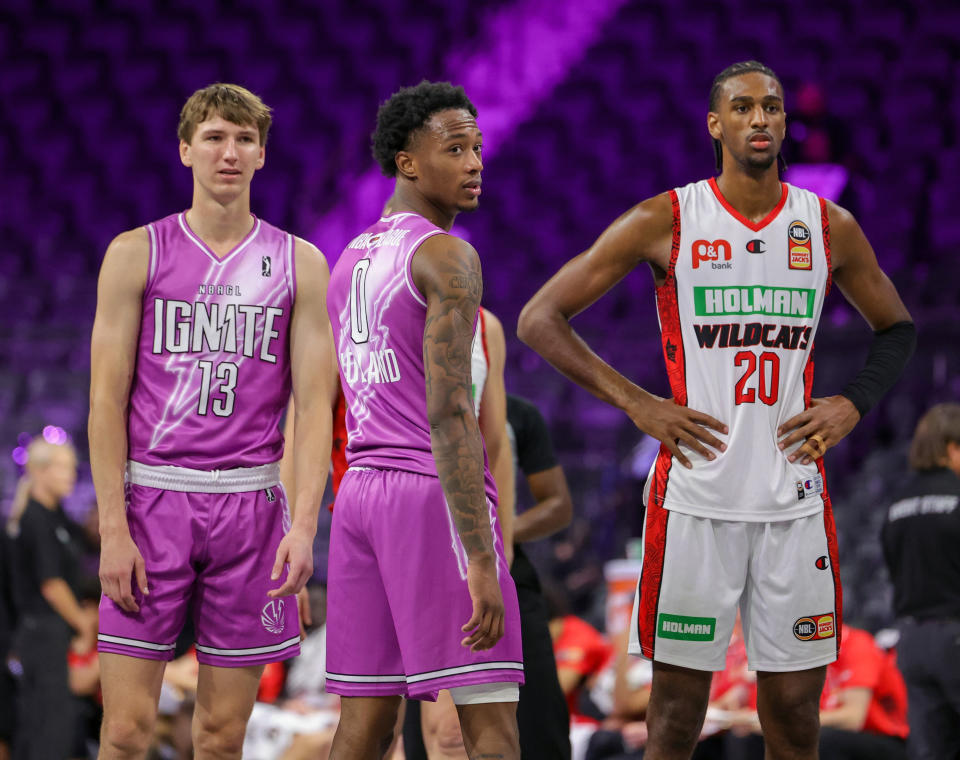
In some ways, the G League Ignite program was a success. It opened an avenue for players to (legally) get paid directly after high school without having to head overseas for a year of pro ball after their prep careers.
In others, the results were mixed. Sure, players like Green, Henderson and Kuminga were still highly drafted after being projected lottery picks in high school. (Others, like Hardy, weren’t so lucky after their Ignite carers.) At the same time, it’s all but guaranteed players with as much natural talent as Green, Henderson and Kuminga would have been drafted just as highly had they gone to college, or to Europe or Australia, before declaring for the draft.
The real question is: How well did the Ignite prepare those players for the NBA? Green, Henderson and Kuminga were full-time NBA players from the jump – it just took Green and Kuminga seasons of NBA development to start to live up to their draft potential. The hope for Portland has to be that Henderson is on a similar learning curve.
So in that regard, it seems like the G League wasn’t a great level of basketball to prepare these prep stars for life in the NBA. The league’s lack of big men that remotely resemble NBA bigs (pro-level big men who aren’t good enough for the NBA almost always end up in either Europe or Asia, where they are well-compensated, and rarely stick it out in the G League), it’s up-and-down all-offense, no-defense style were great for these prospects to flash and put up stats, but as far as developing them for the NBA?
Other avenues, such as college or pro ball in Europe, would have probably been better for that.
Luckily, Name, Image and Likeness (NIL) has allowed players to be able to get paid legally and fairly in college, and we should see a resurgence of NCAA hoops over the coming years with more elite players joining those ranks again.
[listicle id=2429960]
[listicle id=2555019]

